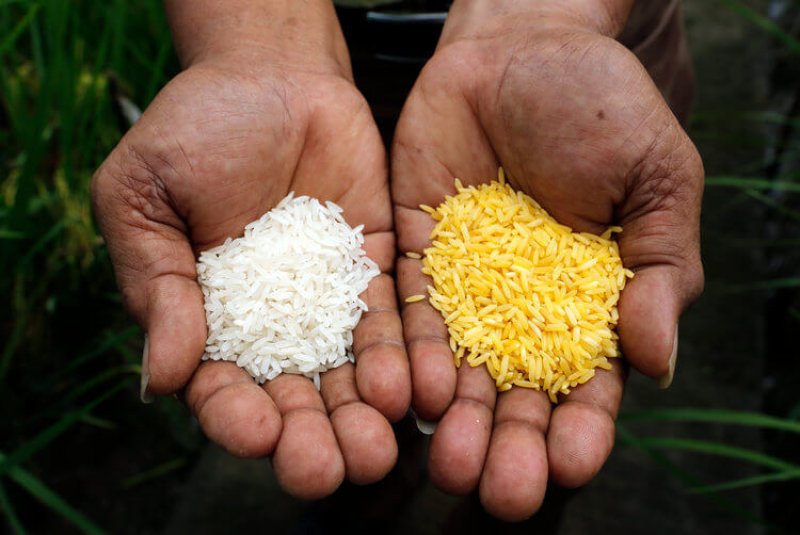Compositional analyses were performed on samples of rice grain, straw, and derived bran obtained from golden rice event GR2E and near-isogenic control PSBRc82 rice grown at four locations in the Philippines during 2015 and 2016. Grain samples were analyzed for key nutritional components, including proximates, fiber, polysaccharides, fatty acids, amino acids, minerals, vitamins, and anti-nutrients. Samples of straw and bran were analyzed for proximates and minerals.
The only biologically meaningful difference between GR2E and control rice was in levels of β-carotene and other provitamin A carotenoids in the grain. Except for β-carotene and related carotenoids, the compositional parameters of GR2E rice were within the range of natural variability of those components in conventional rice varieties with a history of safe consumption. Mean provitamin A concentrations in milled rice of GR2E can contribute up to 89-113 percent and 57-99 percent of the estimated average requirement for vitamin A for preschool children in Bangladesh and the Philippines, respectively.
Read full, original article: Compositional analysis of genetically engineered GR2E “Golden Rice” compared to conventional rice (Behind Paywall)































